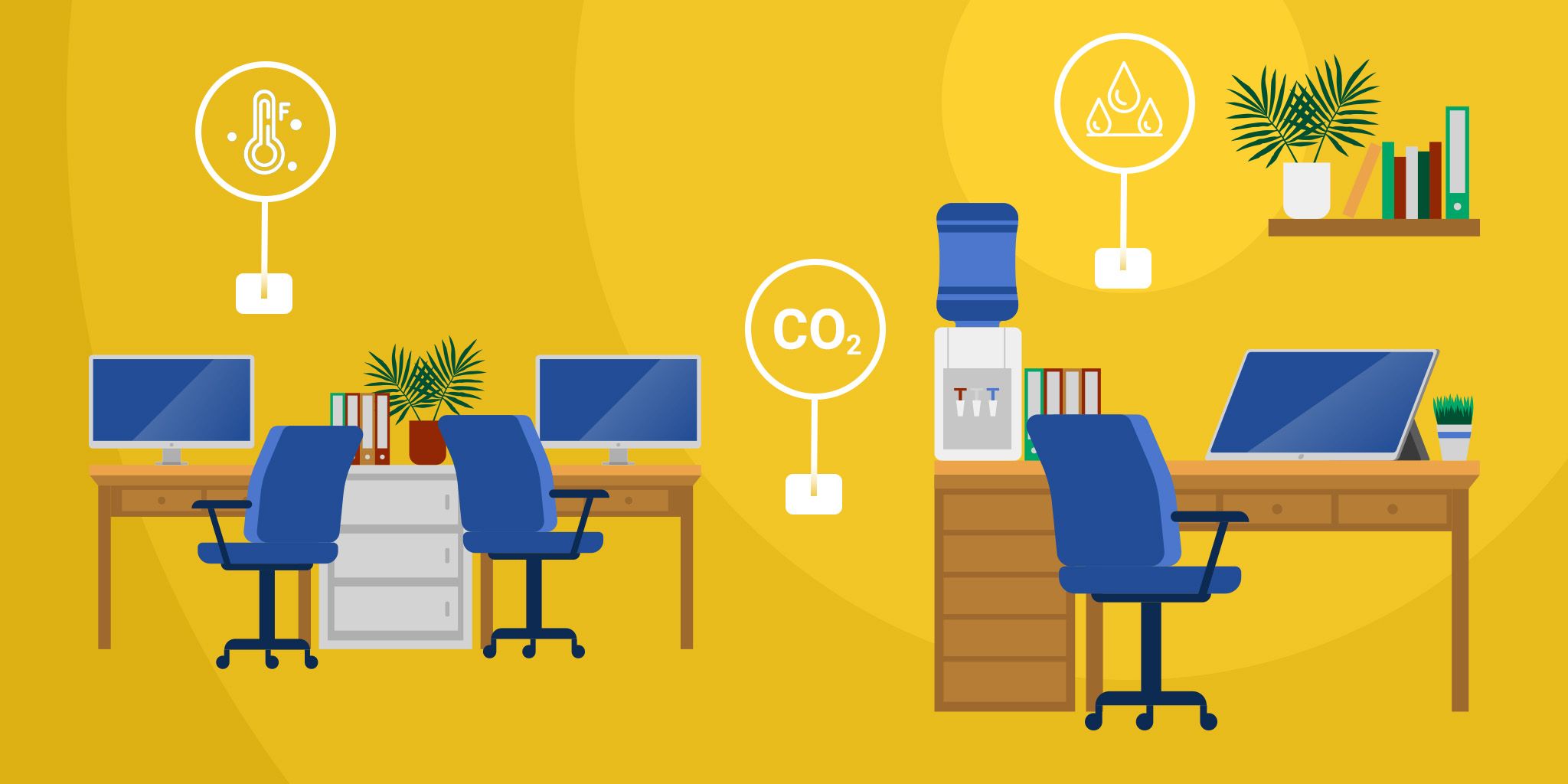Are We Really Making Headway on Building-focused Tech?
Are We Really Making Headway on Building-focused Tech?
- Last Updated: December 2, 2024
Site 1001
- Last Updated: December 2, 2024



The technology community was recently challenged to find a way to make an emotional connection from a building to its occupants because the user experience of working/living in a building sucks.
The challenger, Matt Ernst, goes on to dare us to use the data from this connection to not only figure out why people enjoy their time indoors/at work but what makes a certain space better for productivity/enjoyment than others.

Image Credit: Cartoon Day
After my applause diminished upon finishing his article, I took another look at the industry as it is today and found obstacles in the challenge:
- Nearly half of construction industry CEOs don’t expect AI, blockchain or connected devices (i.e. IoT) to have any impact on their business in the next year.
- Unemployment fears due to automation were validated by a 2017 report that predicted automation could eliminate up to 73 million US jobs by 2030.
However, there’s also traction in technology being accepted into the buildings with open arms. For example, Siemens has been expanding their focus on smart building comfort through acquisitions of Comfy, an app focused on workplace comfort, J2 Innovations, building automation software, and Enlighted, sensor-based smart building IoT system.
There's progress in building-focused technology, but are we doing it right?
The short answer is no because the public is expecting a one-size-fits-all tech fix for common building issues and, looking at the variety of buildings today, there’s not enough spandex or duct tape in the world to make that happen.
To make buildings suck less or, more eloquently said, be more comfortable, it’s going to be a team effort. This team is made up of technology, of course, but also designers, builders, owners, operators, and even occupants. Knowing who is involved, the how starts with education.
Looking at the previous two obstacles, the hesitations around technology adoption are expected as no change is made without resistance but these obstacles are both due to misinformation and we have no one to blame but ourselves, technology providers.
The construction and building industries haven’t evolved like they should have. There will be pushback as technology automates certain tasks, but this isn't step one of a robotic takeover, it’s a gift to the lovers of buildings from design through operation phases. The implementation of sensors and automatic processes are new tools for people to not only improve their current responsibilities but open up new opportunities.
Education alone brings together a team of willing, excited and knowledgeable people able to make the changes necessary to meet this challenge. The technology to make buildings both comfortable and smart is out there now, or at least a lot of it is, and with new understanding replacing fear, it’s time for the pieces to fall into place.
Comfortable buildings can only be possible when data collection and consolidation are integrated into building ecosystems, materials companies, energy providers, and end-users. When accurate and real-time information about a structure including smart building comfort data like temperature and humidity, occupant feedback, and other performance information is collected into one place, relationships between systems and what that means for how people feel can be built.
But back to the challenge of creating an emotional connection between people and buildings.
Let's move forward
If we get people to become active participants in their environment, they’ll have skin in the game of making buildings run better and be “smart” because people want to feel good. When the power of perspective and attitude meets the ability of teamwork, gains in smart building comfort result.
We providers are so caught up in creating life-transforming technology that we’ve forgotten to make it tangible. Uncomfortable buildings are everywhere and people are more than ready for a change. Let's make it happen; we’ll all feel better for it.
The Most Comprehensive IoT Newsletter for Enterprises
Showcasing the highest-quality content, resources, news, and insights from the world of the Internet of Things. Subscribe to remain informed and up-to-date.
New Podcast Episode

IoT and AI in 2026
Related Articles
Are We Running Out of Infrastructure Capacity? What IoT Leaders Need to Know
December 18, 2025

Clarity Wins: What the Blue Jays’ World Series Run Teaches Tech Leaders About Alignment and Execution
October 24, 2025

The 7 Worst Examples of IoT Hacking and Vulnerabilities in Recorded History
October 3, 2025



